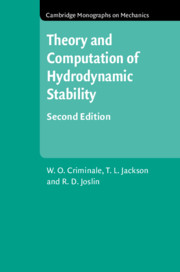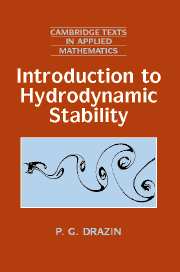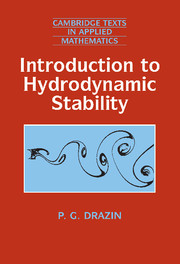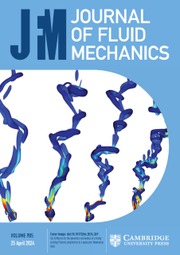Theory and Computation in Hydrodynamic Stability
The study of hydrodynamic stability is fundamental to many subjects, ranging from geophysics and meteorology through to engineering design. This treatise covers both classical and modern aspects of the subject, systematically developing it from the simplest physical problems, then progressing to the most complex, considering linear and nonlinear situations, and analyzing temporal and spatial stability. The authors examine each problem both analytically and numerically. Many relevant fluid flows are treated, including those where the fluid may be compressible, or those from geophysics, or those that require salient geometries for description. Details of initial-value problems are explored equally with those of stability. The text includes copious illustrations and an extensive bibliography, making it suitable for courses on hydrodynamic stability or as an authoritative reference for researchers. In this second edition the opportunity has been taken to update the text and, most importantly, provide solutions to the numerous extended exercises.
- Includes exercise solutions to help the reader fully understand the material
- Provides both classical and modern techniques, giving insight into historical as well as state-of-the-art approaches
- Contains many numerical examples, which can be used by the reader to create their own code
Product details
January 2019Hardback
9781108475334
562 pages
235 × 156 × 30 mm
1.01kg
151 b/w illus. 10 colour illus. 17 tables 80 exercises
Available
Table of Contents
- 1. Introduction and problem formulation
- 2. Temporal stability of inviscid incompressible flows
- 3. Temporal stability of viscous incompressible flows
- 4. Spatial stability of incompressible flows
- 5. Stability of compressible flows
- 6. Centrifugal stability
- 7. Geophysical flow
- 8. Transient dynamics
- 9. Nonlinear stability
- 10. Transition and receptivity
- 11. Direct numerical simulation
- 12. Flow control and optimization
- 13. Investigating hydrodynamic instabilities with experiments
- Appendix A. Mathematical formulas
- Appendix B. Numerical methods
- Appendix C. Solutions to exercises
- References
- Author index
- Subject index.







